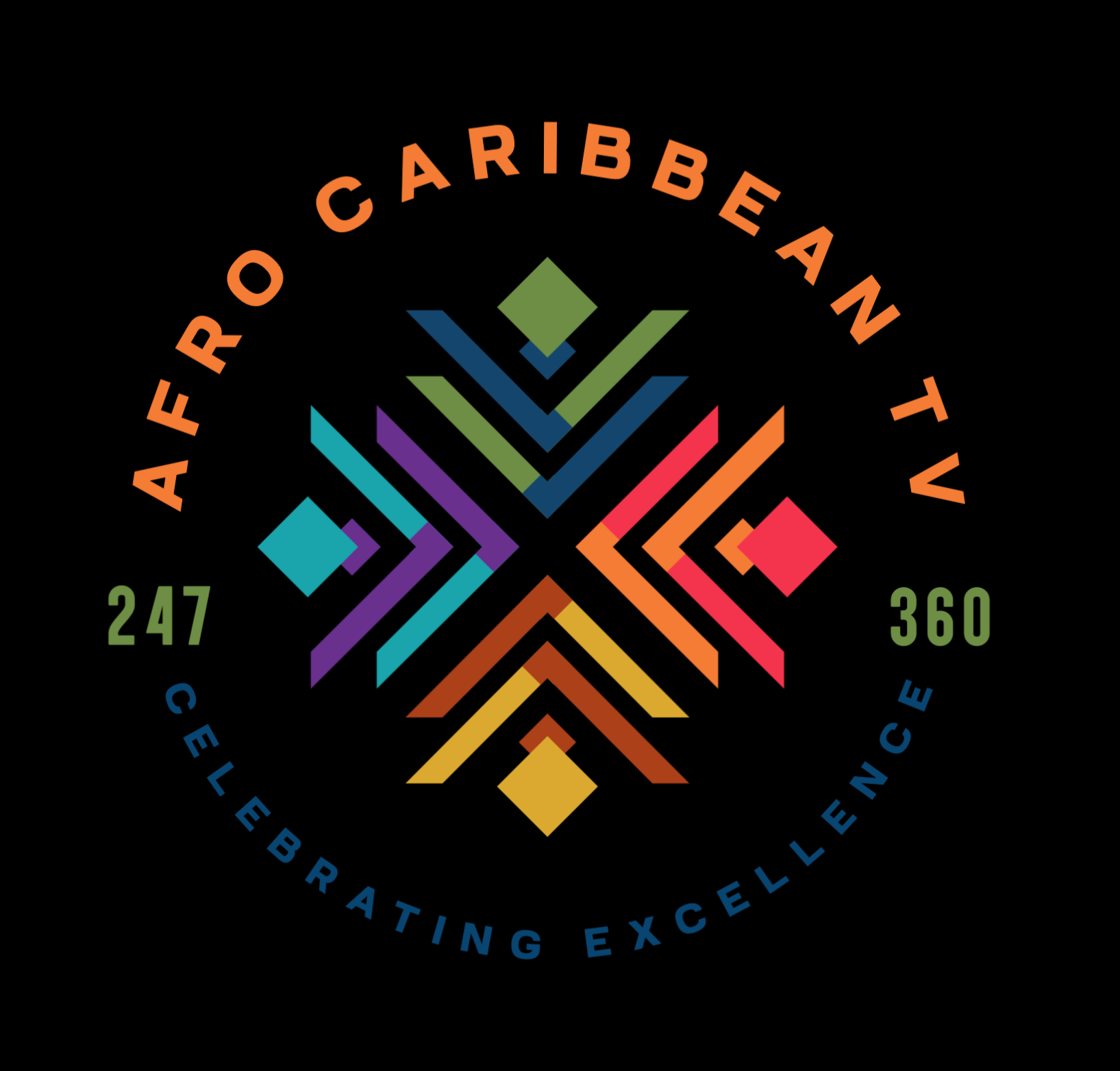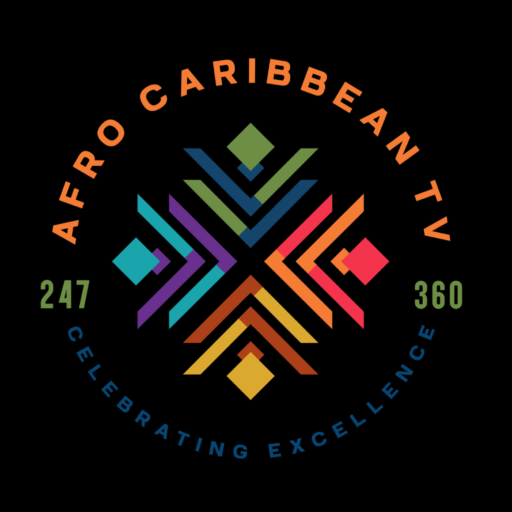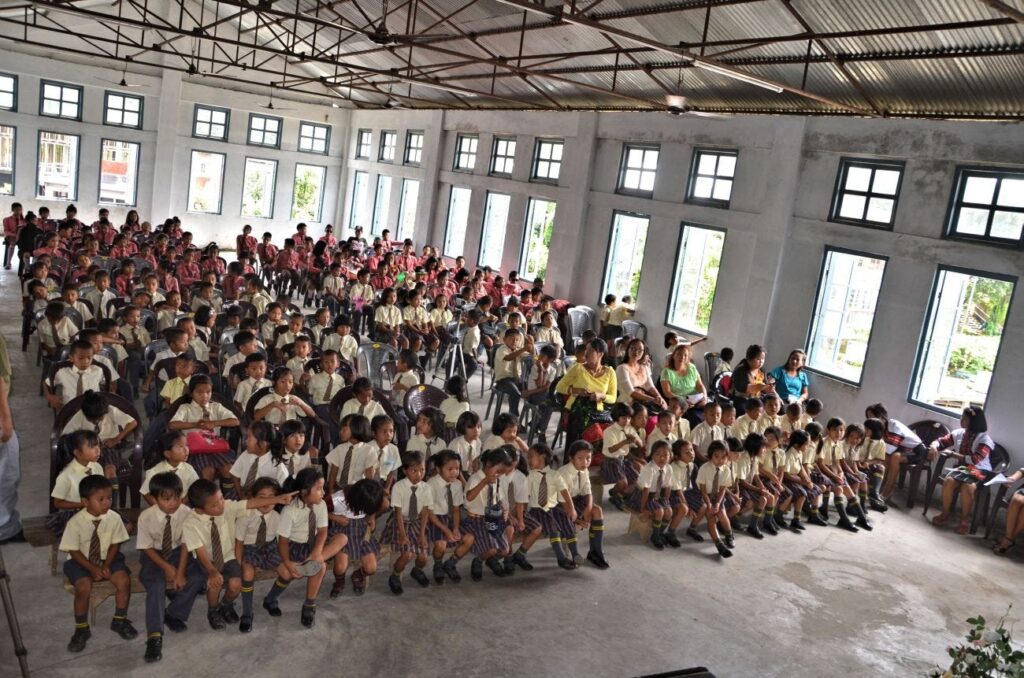Here’s a comprehensive overview of the education system in Dominica:
Education in Dominica
Dominica has a structured education system based on the British model, providing free and compulsory education for children aged 5 to 16. The government places strong emphasis on literacy, access, and improving school facilities.
1. Structure of the Education System
| Level | Age Range | Duration | Notes |
|---|---|---|---|
| Early Childhood | 3 – 5 | 2–3 years | Pre-schools and day care centers |
| Primary School | 5 – 12 | 7 years | Grades K to 6 |
| Secondary School | 12 – 17 | 5 years | Forms 1 to 5 (CXC exams at end) |
| Post-secondary | 17+ | 2+ years | Sixth form, TVET, or college |
| Tertiary | Varies | 2–4+ years | Local and regional universities |
2. Primary and Secondary Education
- Primary Education:
- Focuses on literacy, numeracy, social studies, and basic science.
- Ends with the Grade 6 National Assessment.
- Secondary Education:
- Leads to CSEC (Caribbean Secondary Education Certificate) exams from CXC (Caribbean Examinations Council).
- Subjects include English, math, science, social studies, technical/vocational courses.
3. Tertiary & Vocational Education
Dominica State College (DSC)
- Main public institution for higher education.
- Offers:
- Associate degrees
- Technical and vocational programs
- Pre-university programs
All Saints University School of Medicine
- A private medical school attracting students from the Caribbean, Africa, and internationally.
University of the West Indies (UWI)
- Dominicans often attend UWI campuses in Barbados, Jamaica, or Trinidad.
- Some UWI programs are available via online and distance learning.
4. Technical and Vocational Training
- Available through the TVET Council and vocational centers.
- Includes training in:
- Construction
- Agriculture
- Hospitality
- ICT and small business skills
5. Government Policies and Goals
- Education is compulsory up to age 16.
- Focus on:
- Expanding digital literacy
- Improving access to rural schools
- Boosting teacher training
- Providing scholarships for overseas study
6. Language of Instruction
- English is the official language used in all schools.
- Dominican Creole (Kwéyòl) is sometimes used informally but not as a medium of instruction.
7. Challenges and Progress
- Challenges:
- Hurricane damage to schools (e.g., Maria in 2017)
- Limited resources in remote areas
- Progress:
- Strong literacy rates
- Continued investment in school infrastructure
- Widespread use of technology in classrooms


